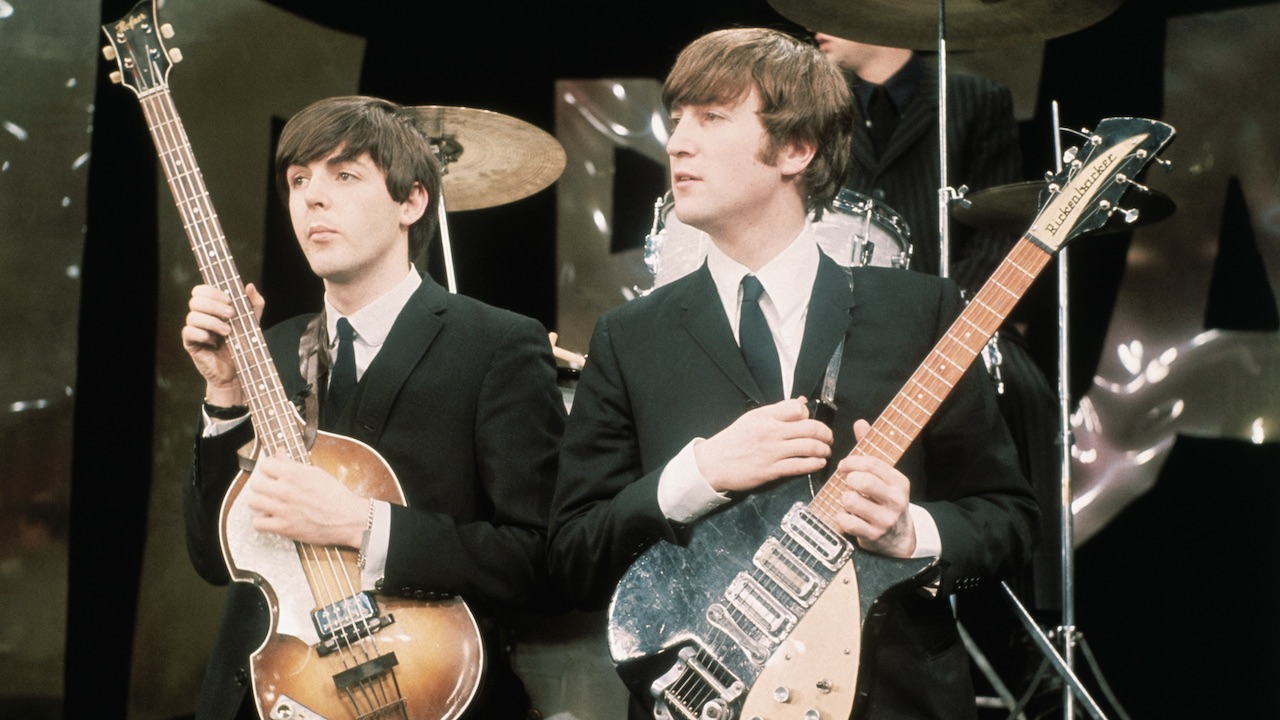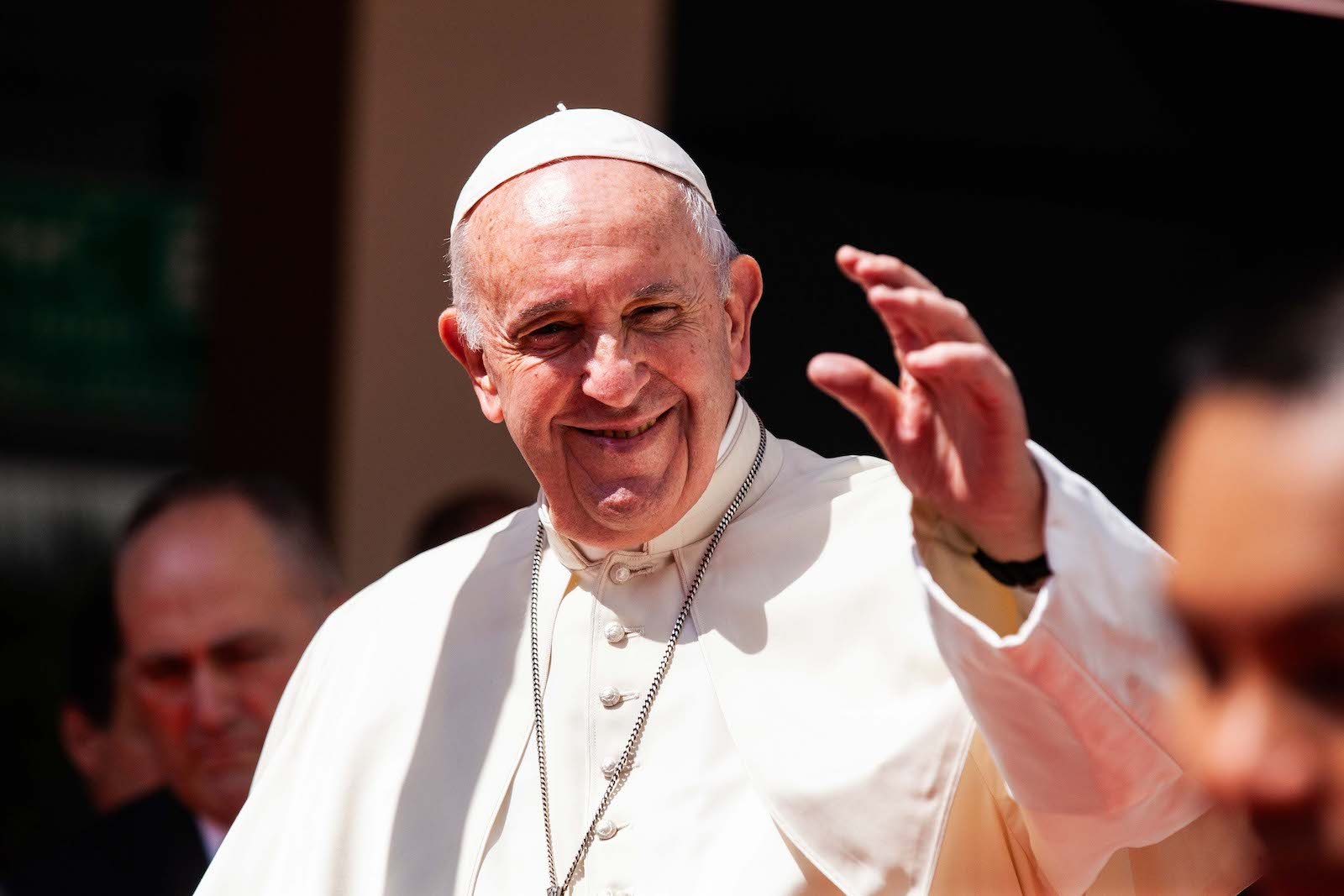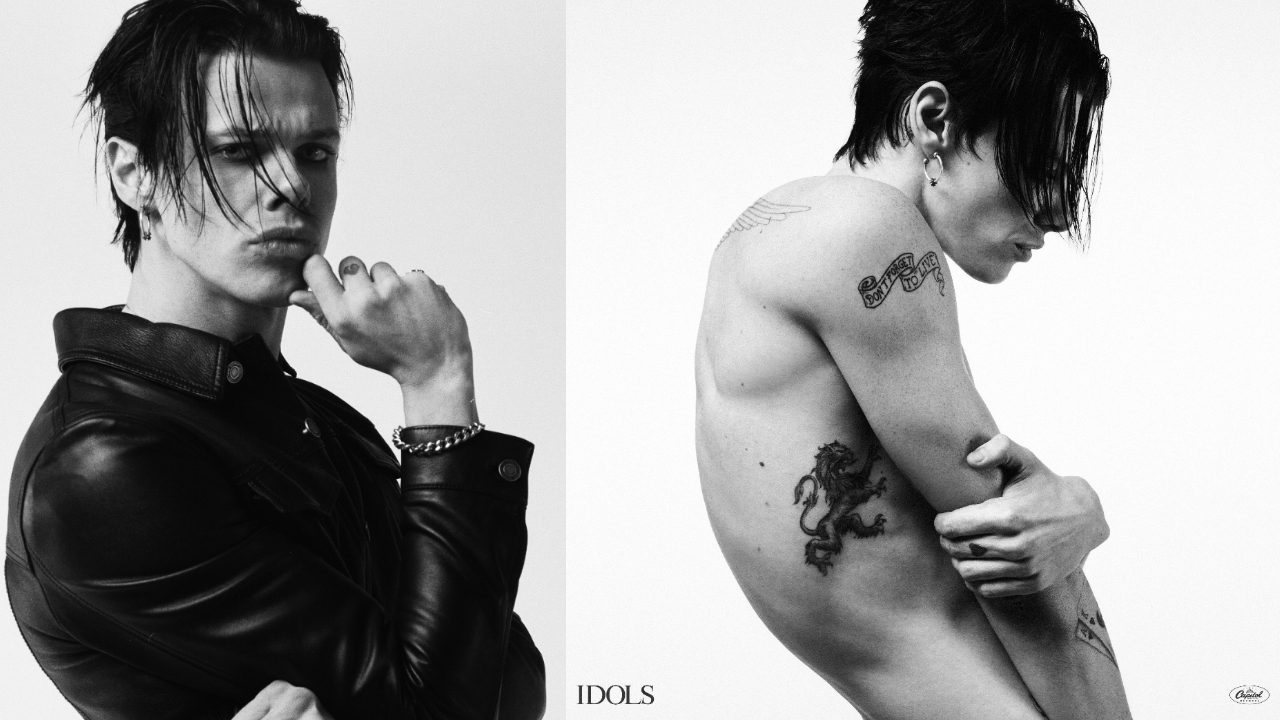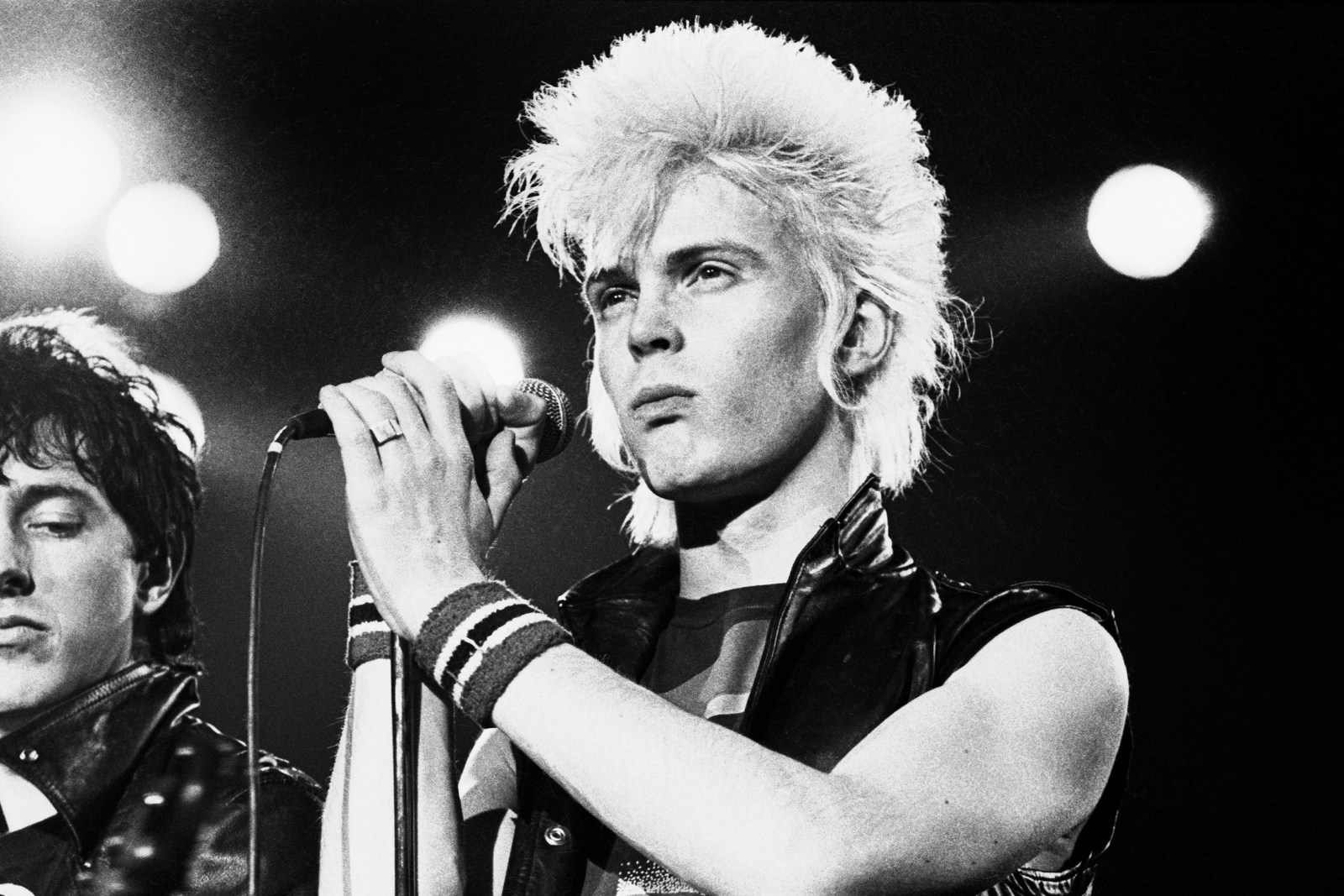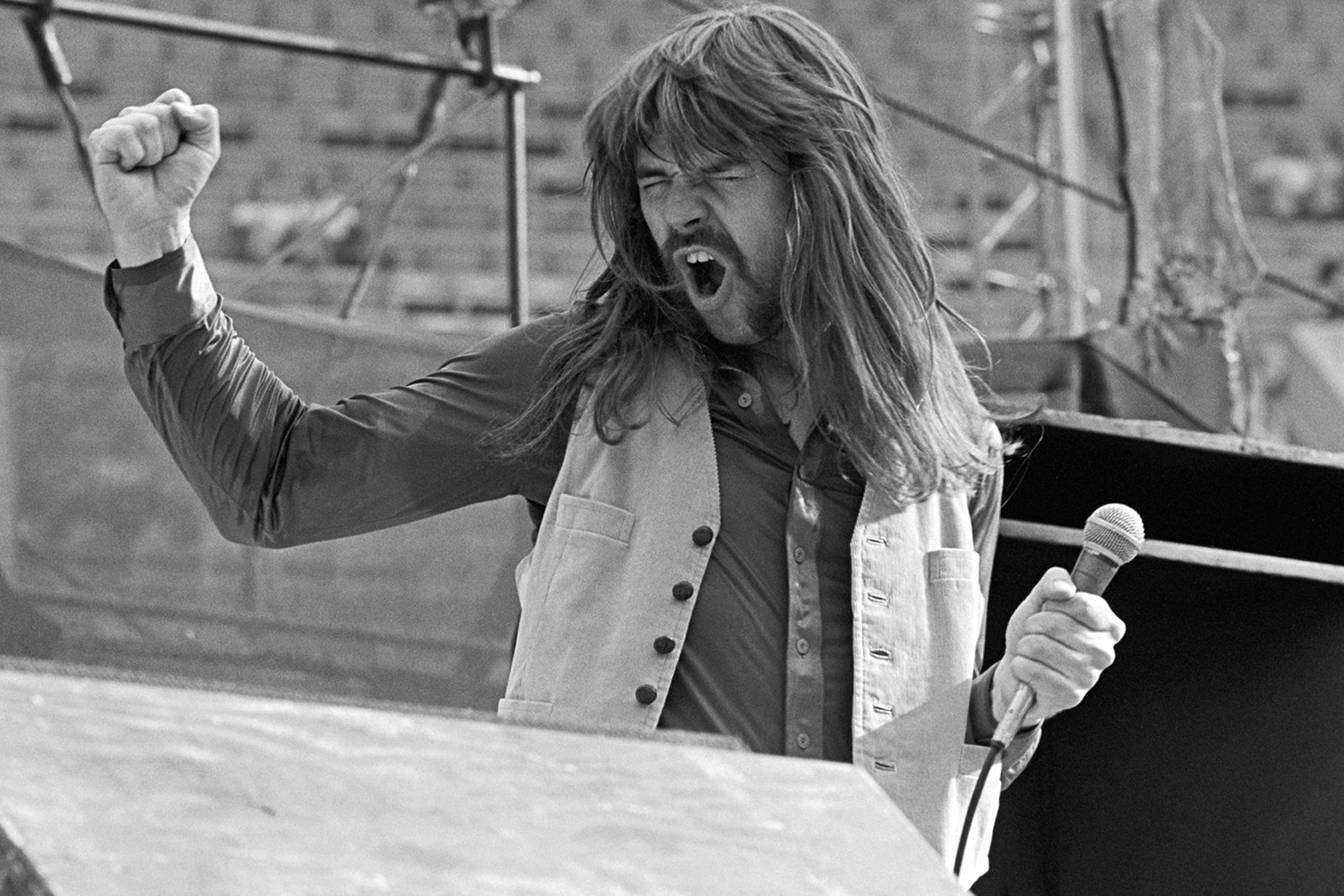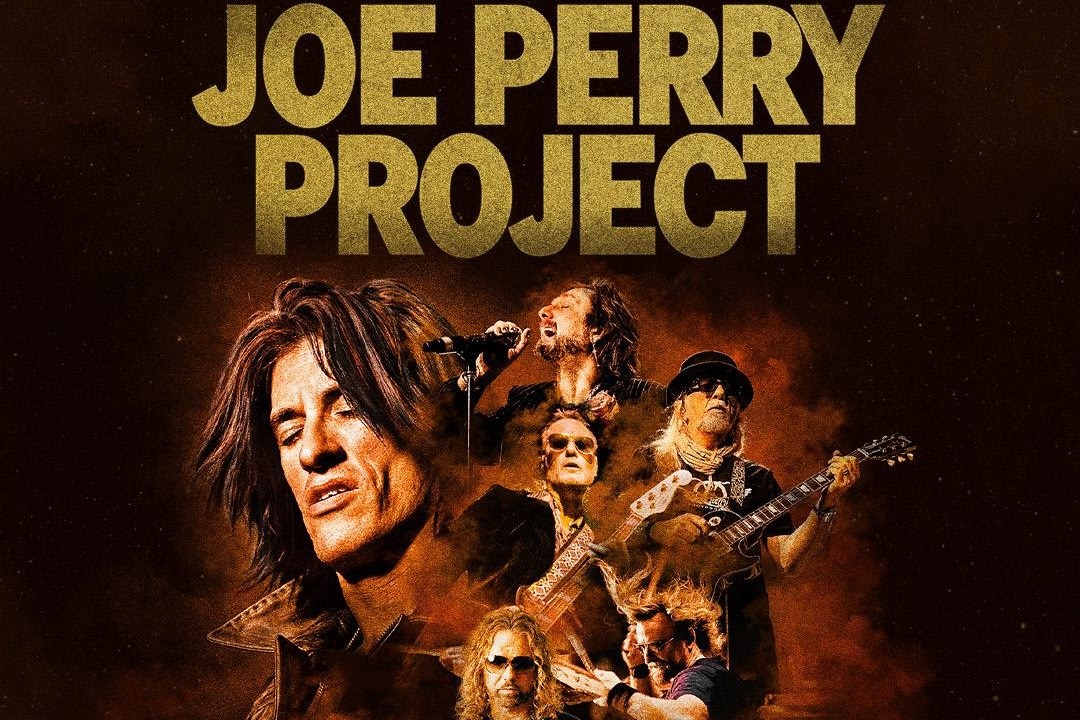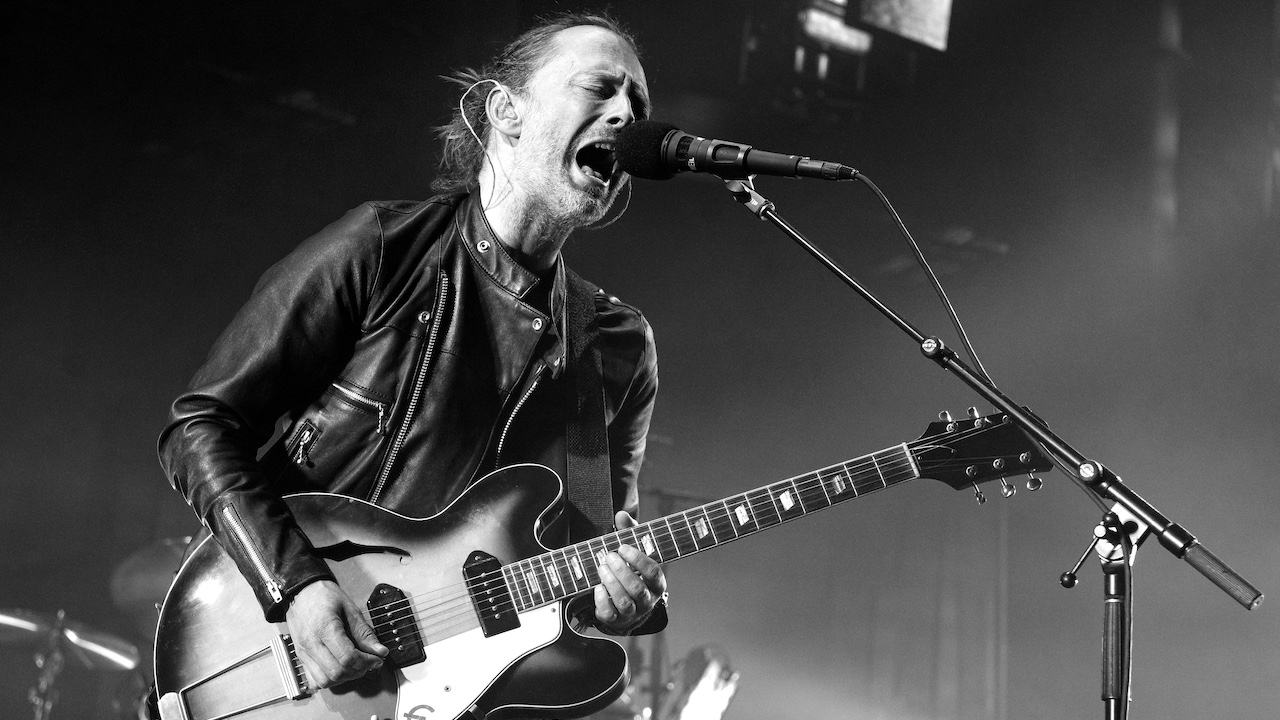
When Radiohead released their ninth album A Moon Shaped Pool in May 2016, it felt like the breaking of an extended dormant period for the art-rock trailblazers. It had, after all, been five years since the Oxford quintet’s previous record The King Of Limbs but as it turns out, five years between albums was nothing. A Moon Shaped Pool turned 9 this week. It remains Radiohead’s most recent new release.
There’s been no shortage of extra-curricular activity, with records in numerous guises from Thom Yorke, Jonny Greenwood, Phil Selway and Ed O’Brien, a fascinating photobook from Colin Greenwood (who’s also currently moonlighting as a Bad Seed in Nick Cave’s band) alongside some extensive reissue releases, but there’s not been a tenth Radiohead album or any live activity since the tour to support A Moon Shaped Pool wound up in 2018.
As with many Radiohead records, it was an album that took them a long time to get to the finish line, recorded in France, London and their own Oxfordshire base and dragged to completion at the insistence of producer Nigel Godrich. But its laborious creation was certainly not reflected in the finished work. The best bits of A Moon Shaped Pool captured Radiohead at their alchemical best, where their rhythmic, dynamic rock, sonic explorations, ambient ballads and electronic experiments all landed on the same sweet spot. The fact that the tracklisting was all in alphabetical order only added to its strange, mesmeric beauty.
The band certainly seemed relieved that it was finally out in the world. I joined them in Paris a few dates into a short European tour a few days after its release and there was a celebratory feeling in the air. I was there to do a live review for Q Magazine but as it turned out, I got a lot more than that. Radiohead were in a chatty, affable mood and after years of trying to interview them with no success, I finally got one. If only I had foreseen this, I would’ve chilled out on beers before and during the gig.
It was backstage after a triumphant gig at Le Zénith, an arena based in Parc de la Villette in Paris’ 19th arrondissement, that a few members came ambling over for a little chinwag. First up was towering, talkative guitarist Ed O’Brien. “Tonight was really good fun,” he said, explaining that the band were feeling very relaxed and getting into the groove. He reminisced about the first time Radiohead had played Le Zénith, back during the fraught tour on the back of their era-defining third album OK Computer. “We were riding a wave and it was all a bit, ‘Oh my God!’,” he laughed. “Of course, we were a little dark in those days, which added to the spice!”
Radiohead – Burn The Witch – YouTube 
Bassist Colin Greenwood was also in a remarkably jolly mood. “Thom was just amazing,” he beamed, reflecting on the gig they’d just played. “It was all going a bit wrong at the beginning but he really pulled me and everyone together.” He said that when they last played Le Zénith, Eddie Izzard had come to watch. “Bloody hell,” he muttered to himself. “We haven’t been here for ages.” And then he went off to find some more beer.
To my surprise, next to come and say hello was frontman Thom Yorke. Yorke is not one to suffer fools and, accordingly, he hadn’t spoken to Q for well over a decade. But now here he was, chatting away about how he thought the show went. “The first half was like, ‘Ow!’ and then we all warmed up,” he said. “The second half was amazing and the encores were great. You know, what’s so weird is that depending on what we choose to play, it can go in all these different ways, like choosing to play Creep or choosing No Surprises.”
The band had played both in the set that night, the former getting its first airing in seven years. Radiohead once had a very complicated relationship with Creep but Yorke said after being heckled to play it by a punter at a show in Amsterdam two nights previously, they’d decided to give it a go. “We just said, ‘Let’s see what the reaction is, just to see how it feels’,” he explained. “Songs go into phases where they don’t feel right and then they come back. No Surprises was out for ages. We didn’t play it once on the whole The King Of Limbs tour… If you play it right, it is fucking dark. But it’s like acting. It’s on the edge of totally hamming it up but you’re not. It’s just the words are so dark. When we play it, we have to play it so slow. It only sounds good if it’s really fragile.”
His favourite song from A Moon Shaped Pool, Yorke revealed, was the atmospheric and stark piano piece Daydreaming. Its classic Radiohead, a song where you don’t think much is happening on the first few listens but its spell gently unfurls, revealing a bewitching knockout of a track beneath its serene, slow surface. “When we do it right,” he clarified. “Tonight was a little bit sketchy.” He said the song was a breakthrough in recording sessions for the album. “It was the equivalent of when we did Everything In Its Right Place,” he stated, referring to the opening track on their game-changing 2000 album Kid A. “We got that and then we were like, ‘Right, OK, this is it’.”
The band had played the song second in the set, a surprising place for a six-minute-plus track with no chorus and no drums but one that somehow worked. “We couldn’t figure out, ‘How do we bring people in?’” Yorke explained. “And there’s a portion of people who have heard it so that’s alright.” He also comically repeated Radiohead co-manager Chris Hufford’s reaction when told Daydreaming would be played two songs in. “He asked, ‘Are you fucking mad?!’.” It would’ve been nice to hear Hufford on the band’s decision to start their Glastonbury headline set with it a year later.
Radiohead – Daydreaming – YouTube 
Yorke then made his way across the room to catch up with some old friends, but before he did he cast his mind to Radiohead’s next stop, a few shows back in the UK. He’d always found playing in his home country a little difficult, he said, but the huge reaction to the new album had given him heart. “We expected the opposite,” he said. “I cherish the band, but I don’t expect anyone else to.”
And with that, he was off. The hysteria that greeted Radiohead’s return back in 2016 would have nothing on the frenzy around a comeback now, almost a decade on. Who knows if that will ever happen. They might not have been in action for a long time but Thom Yorke cherishes the band with which he made his name. He just doesn’t expect anyone else to.

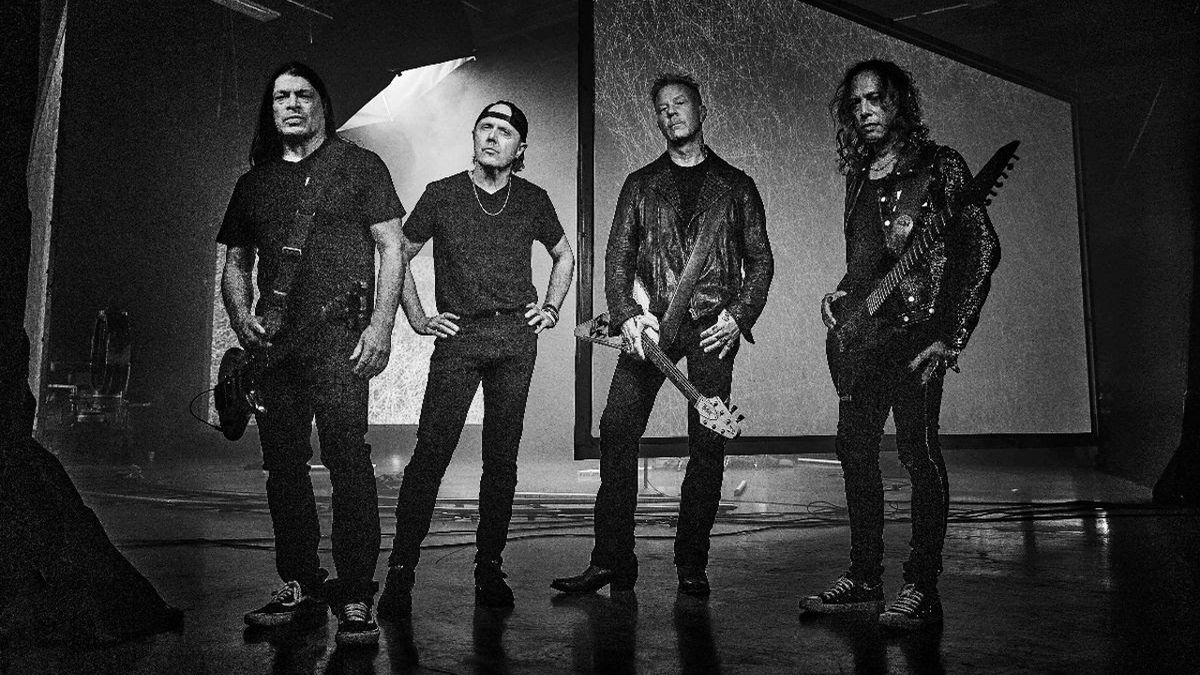








![Satellites[LP]](https://m.media-amazon.com/images/I/41V0BDF8xIL._SL500_.jpg)


